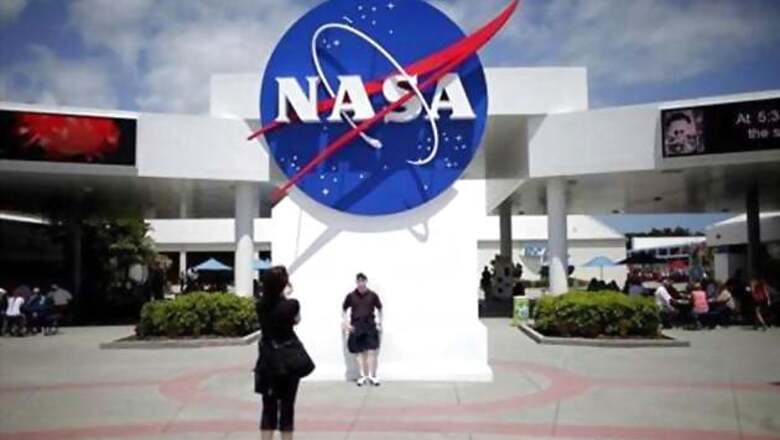
views
Washington: NASA has awarded five-year grants totalling almost USD 50 million to seven research teams in the US to study the origins, evolution, distribution and future of life in the universe.
"With the Curiosity rover characterising the potential habitability of Mars, the Kepler mission discovering new planets outside our solar system, and Mars 2020 on the horizon, these research teams will provide the critical interdisciplinary expertise to help interpret data from these missions and future astrobiology-focused missions," said Jim Green, director, Planetary Science Division, at NASA Headquarters, Washington.
Average funding for each team will be approximately USD 8 million. The interdisciplinary teams will become members of the NASA Astrobiology Institute (NAI), headquartered at NASA's Ames Research Center, Moffett Field, California.
The selected teams include NASA's Goddard Space Flight Centre, Greenbelt, Maryland; NASA's Ames Research Centre, Moffett Field, California; NASA's Jet Propulsion Laboratory, Pasadena, California; The SETI Institute in Mountain View, California; University of Colorado in Boulder; University of California, Riverside; and University of Montana in Missoula.
At NASA's Goddard Space Flight Center, Greenbelt, Maryland, the research team will investigate one theorised source of Earth's water and the organic molecules needed for life: comets and the other small bodies in our solar system.
At NASA's Ames Research Center, Moffett Field, California researchers will address the chemistry which occurred to create the organic molecules that may have been brought to the early Earth by comets and other small bodies.
The team at NASA's Jet Propulsion Laboratory, Pasadena, California will conduct laboratory experiments and field research in environments on Earth, such as The Cedars in Northern California, to understand habitability of extraterrestrial icy worlds such as Europa and Ganymede.
The SETI Institute in Mountain View, California will conduct research to produce guiding principles to better understand where to search for life, what to search for, and how to recognise finding evidence of past or current life. The goal of the proposed research is to best prepare for NASA's Mars 2020 rover.
The University of Colorado in Boulder team will study what scientists call "Rock-Powered Life." Rocky planets store enormous amounts of chemical energy that, when released through the interaction of rocks with water, can power living systems on Earth, as well as on other planets such as Mars.
The team at University of California, Riverside will examine the history of oxygen in Earth's atmosphere and ocean between 3.2 and 0.7 billion years ago.
The team at University of Montana in Missoula will look to unlock the secrets of life's transitions from small "units" conducting simple chemical reactions to self-organising, self-reproducing, energy-gathering systems that range in complexity from single cells to ecosystems.



















Comments
0 comment